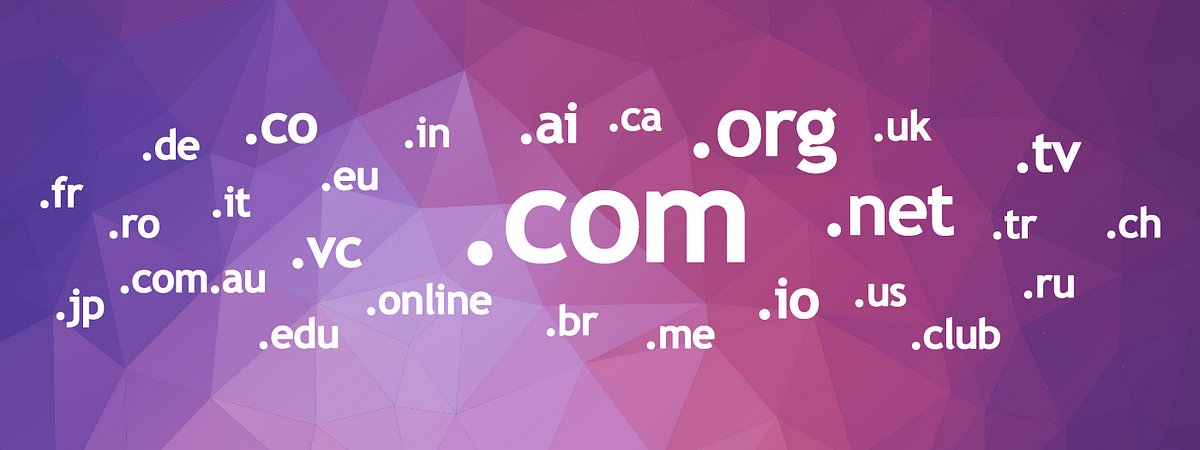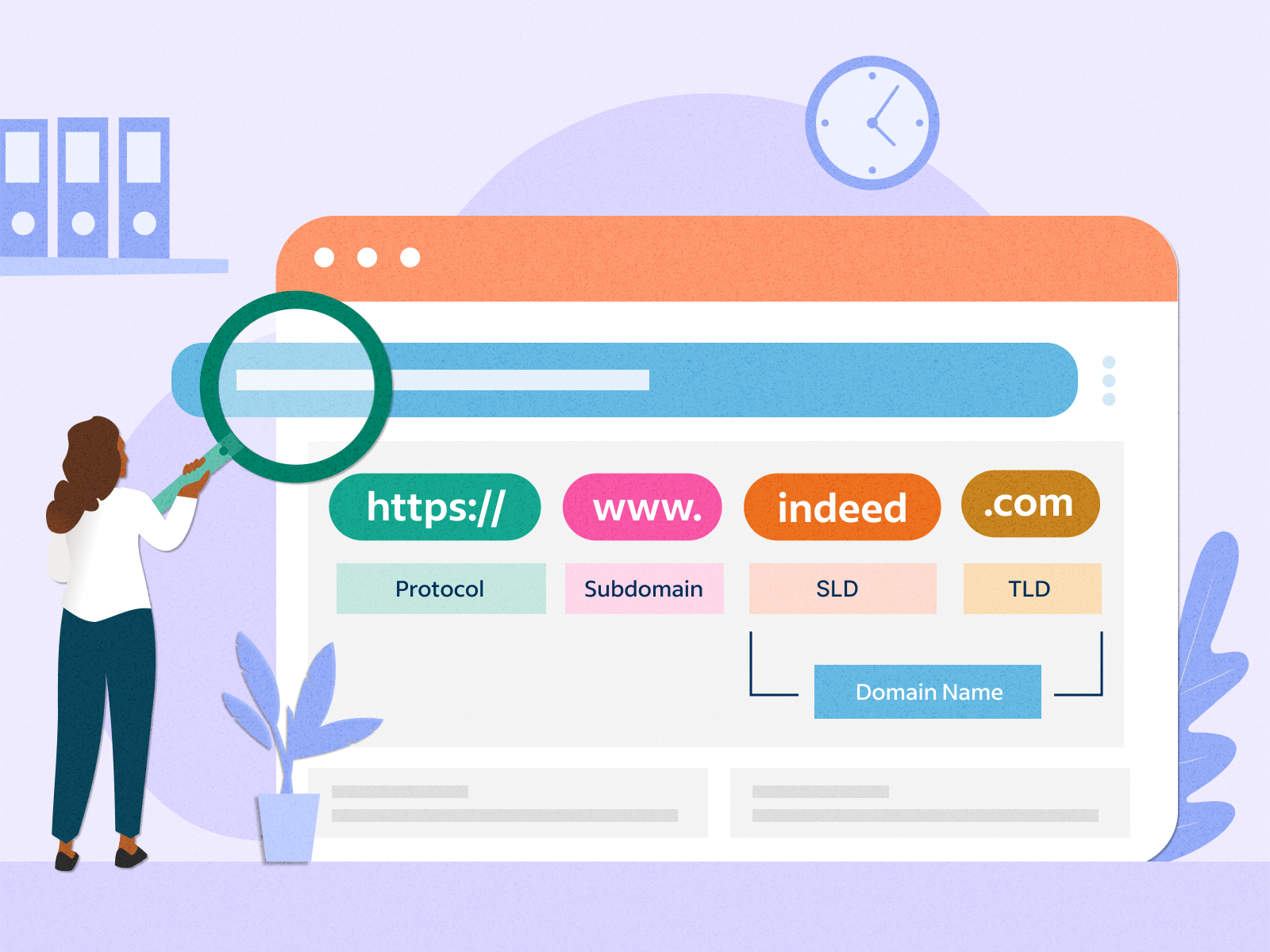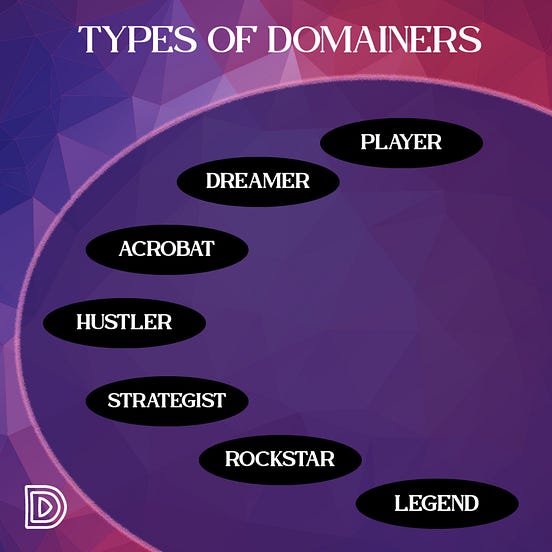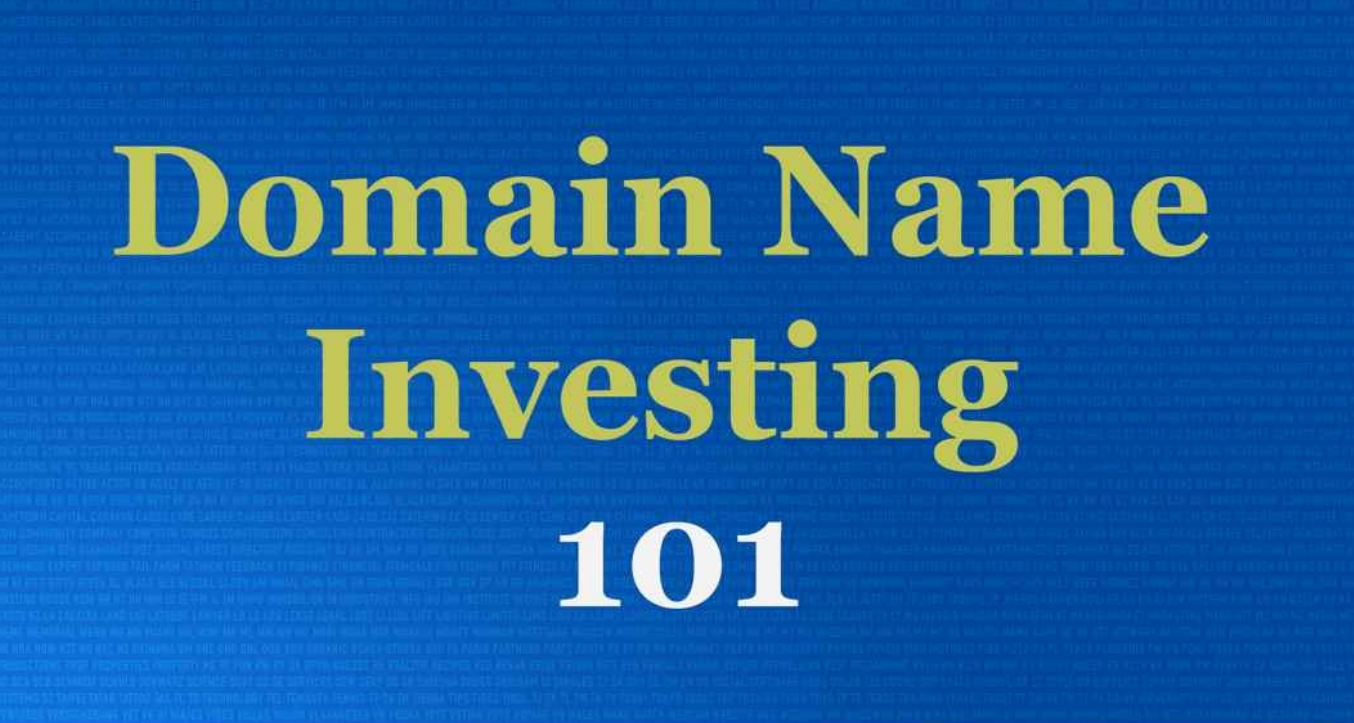What is the meaning of domaining?

Also called “domain name speculation,” domaining refers to registering domain names and selling them for profit. One of the first notable transactions was the domain wallstreet.com, which was registered in 1994 for $70 and sold for $1 million in 1999.
In modern terms, there is a lot in a name, and this is exactly what domaining revolves around. Your website domain, for example, profitablegoods.com holds high relevance. Just like real estate, purchasing and selling domain names has become a trend that many investors are considering as Domain investing or domaining has become a profitable venture today.
Today, there are more than 200 million active websites. Several new start-ups and businesses are striving to establish an online presence. Thus, there is a massive demand for innovative and creative domain names. This burgeoning demand highlights the potential of domain name investing, which includes a lot more than just buying and selling domain names.
Here is a comprehensive guide that explains the meaning, scope, and relevance of domaining!

What is Domaining?
Domaining, meaning signified investing, is all about purchasing domain names to sell them later at a higher price. This is a highly lucrative investment strategy in which you can buy short, memorable, and brandable domain names that can prove to be extremely valuable for businesses.
Successful domain investing requires research into trends, keywords, and industries. Once a domain is acquired, investors can either hold onto it, wait for its value to increase, or actively look for potential buyers.
Benefits of Domain Investing
The advantages of domain investing are numerous and compelling. Here are some of them:
1. Potential for High Returns
Domaining calls for high returns. Investing in domains that can be extremely critical for upcoming businesses can bring high returns to investors.
Let us take this example of high-profile domain sales, like Voice.com, which sold for $30 million in 2019 and shows significant profit potential.
2. Flexibility
Domain investing can be done remotely. This can also generate passive income as it is a flexible option for investors with varied schedules.
You can also lease them or park domain names with advertising links. Investors can start with a small portfolio and expand as they gain experience and returns.
3. Diversification
Domaining offers an alternative asset class that diversifies portfolios. Like tangible assets, domains can generate high returns but require minimal upkeep. Thus, investing in domain names helps you avoid issues like inventory, employees, or daily operations.
How to Choose Domains to Invest In
When selecting domains to invest in, consider the following factors:
- Domain Length: Short domain names like voxe.com are easier to remember, type, and share, making them more valuable.
- Keyword Strength: Domains with strong and industry-relevant keywords are SEO-enriched and are more valuable. For example, bestshoes.org.au.
- Memorability: A domain should be easy to remember as it will help you attract more visitors and potential buyers.
- Top-Level Domain: While .com domains are more valuable, newer TLDs like .xyz also offer good investment opportunities.
How to Make Money with Domain Investing
Domain name investing offers various ways to generate income. Here are some of the most effective strategies:
1. Domain Flipping
This is the process of purchasing domains at a low price and selling them at a higher price to interested buyers. This earns you a profit from the price difference.
2. Developing Domains
Instead of just selling a domain, you can develop it into a website or an online business. By adding valuable content or services, you can attract traffic and increase the domain’s value over time.
3. Buying Expired Domains
Expired domains, previously registered but not renewed, can still have value. These are valuable assets that can be resold at a higher price.
4. Buying and Holding Premium Domains
Invest in premium domains that are popular and can lead to profits when sold to businesses or people looking for high-quality domain names.
5. Domain Leasing
Purchase a domain name and lease it to businesses or individuals for an ongoing income through lease payments.
6. Domain Parking
You can use unused domains by placing advertising links and earn a commission when visitors click on these links. This offers an additional income stream.

Strategies Used for Domain Investing
Domain investing involves two main approaches: short-term investing and long-term investing. Let us understand both strategies
1. Domain Flipping or Short-Term Domain Investing
Domain flipping occurs when investors buy undervalued domain names and quickly resell them for a profit. This strategy demands active research to identify undervalued domains and trends.
Tactics for Domain Flipping:
- Look for domains in emerging industries such as technology, science, and eCommerce.
- Find domains held by owners with price expectations at or below market value.
- Create landing pages or example websites to showcase the potential of the domain, including creative logos and asking prices.
- Offer bundled social media handles with the domain, making it more attractive to potential buyers.
2. Long-Term Domain Investing
Traditional domain investing focuses on the long-term value of domains. This strategy involves registering domains that maintain their value over time and listing them on various marketplaces.
Tactics for Long-Term Domain Investing:
- Choose domains with reasonable renewal fees to maximize profitability.
- Increase exposure by listing your domains on several platforms.
- Look for domains with high keyword relevance, short length, and memorability. Some registries offer premium names at higher prices due to their potential value.
Step-by-Step Procedure for Domaining
Investing in website domains and selling them involves buying domains at a low cost and selling them at a higher price. Domaining can yield high returns using the right strategy. Follow these steps to invest in and sell domains successfully:
Step 1: Select the Right Domain
Choose a domain name that is trending and likely to grow in popularity. Domains related to emerging industries like cryptocurrency, gaming, or health are good examples.
Step 2: Research Keywords
Identify relevant keywords or phrases that potential users might search for. Use SEO tools, search engines, or AI tools to find popular keywords.
Step 3: Check Domain Availability
Use domain name generators or registrar websites to see if your chosen domain is available and at what price.
Step 4: Purchase the Domain
Decide whether to buy a new or expired domain. New domains are cheaper but require time and content to build value, while expired domains might cost more but come with established traffic and SEO benefits.
Step 5: List the Domain for Sale
Use domain marketplaces or auction sites to list your domain for sale. Price your domain based on its branding, popularity, traffic, and earning potential.
Step 6: Negotiate Smartly
Understand your buyer and set a bottom-line price. Use secure payment methods or escrow services to complete the transaction.
Step 7: Transfer Ownership
After selling, transfer the domain ownership using your registrar or marketplace website. Be aware of the risks and the unpredictable nature of domain demand. Diversifying your portfolio and conducting thorough research can help mitigate these risks.
How to Sell Expired Domains for High Profit
Investing in expired domains can be lucrative as they come with existing traffic and SEO benefits. Here’s how to get started:
- Find expired domains and filter by keywords, traffic, domain age, and extensions.
- Check domain history and quality to ensure the domain hasn’t been used for spamming and has good authority and backlinks.
- Register the domain before it becomes publicly available.
- Sell the domain by reaching out to potential buyers directly through email or social media.
Essential Tools for Building a Profitable Domain Portfolio:
Here are some key tools, resources, and services that you may need when domaining:
1. Domain Marketplaces
List your domains strategically across multiple marketplaces to reach a wider audience. Consider marketplace commission fees and other expenses when evaluating returns on investment.
2. Escrow Services
Use a reputable escrow service to protect both parties in a domain sale. Brokers ensure buyer credibility and facilitate secure transactions, offering peace of mind throughout the process.
3. Domain Parking
Generate passive income while waiting for domain sales by parking your domains. Display ads on landing pages to earn revenue from type-in traffic. Utilize website space for advertising to attract potential buyers.
4. Domain Drop Catching
Stay ahead of the curve by using domain backorder services. Capture expiring domains that may have been overlooked, expanding your portfolio with valuable assets.
5. Portfolio Management
Efficiently manage your domain portfolio using management tools provided by registrars or specialized services. Ensure auto-renewal to prevent accidental domain expiration. Implement two-factor authentication for enhanced security. Explore discount domain pricing options for cost-effective management.
Best Practices to Start Your Domain Investing Journey
Here’s a comprehensive guide to help you kickstart your domaining venture and make money with your domains.
1. Educate Yourself
Begin by immersing yourself in the domain industry. Read domain blogs, follow industry updates, and familiarize yourself with registrar offerings. Start building your domain portfolio with names related to industries you know well. This enhances your ability to find buyers, set fair prices, and establish a strong investment base.
2. Equip Yourself with Essential Tools
Conduct keyword research and manage your portfolio efficiently using dedicated platforms or spreadsheets. Stay informed about industry news and trends, and compile a list of potential buyers. Utilize appraisal tools and research comparable sales to set reasonable prices for your domains, especially if you’re new to domaining.
4. List Your Domains for Sale
Actively promote your domains by listing them on forums and aftermarket platforms and creating compelling landing pages. Leverage social media to reach potential buyers and familiarize yourself with the domain transfer process, especially if dealing with domains registered at different registrars. Prioritize using escrow services for secure transactions.
5. Monitor Domain Values
Be aware of market fluctuations and adjust pricing considering value-driving factors and sales strategies. Begin with a few low- to mid-tier domains to gauge profitability and reinvest profits to expand your portfolio gradually.
6. Be Open to Adaptation
If struggling to sell certain domains, explore alternate buyer segments or pivot to different industry niches. Flexibility is the key here to embracing the learning curve and viewing mistakes as valuable lessons. Continuously refine your strategy based on insights gained from past experiences.
7. Engage with the Domaining Community
Join domain forums, attend industry events, and participate in discussions to network with fellow investors. Learning from others’ experiences enriches your domaining journey.
Conclusion
Domaining is all about exciting opportunities, which require thorough research, strategic planning, and continuous learning to be successful. Always set a budget and invest wisely using the necessary tools. You must also stay updated on industry trends and assess all kinds of domaining risks and challenges. Keep patience and perseverance, and make domaining a rewarding endeavor.
Refer to expert domain investing tips and practices of Voiden and equip yourself with the necessary tools and knowledge that you need. Happy domaining!




